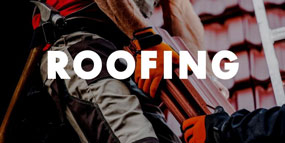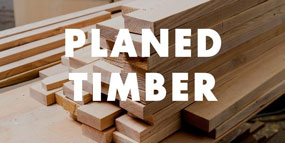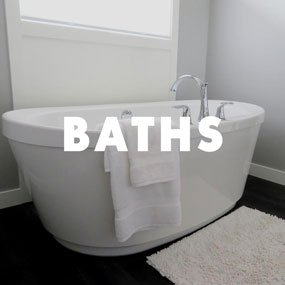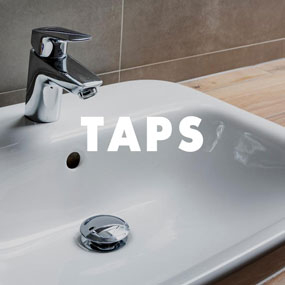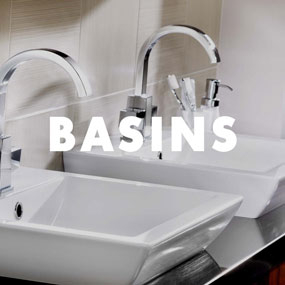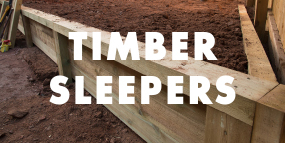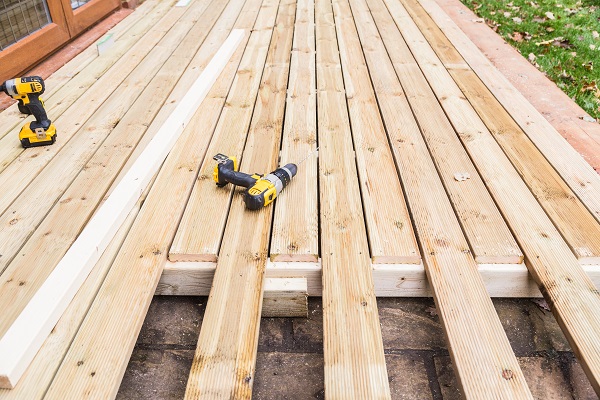Decking provides you with a fantastic multi-purpose surface for your garden and is easier and quicker to fit than paving. It gives a durable and long-lasting area and helps you make more of sunny spots or extends your usable space for dining.
Before You Start
Before you begin laying your decking, it’s essential to plan it out first and take accurate measurements so that you know exactly what size the area you want to cover is and how large the deck boards need to be. The decking should have a slight slope to it to help with the run-off of water, which will make it less slippery as well as reducing the build-up of algae.
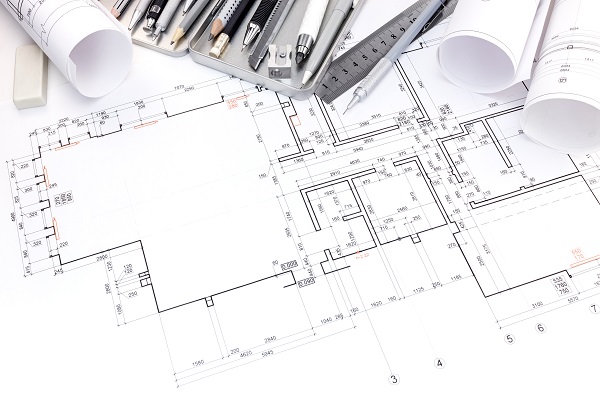
If you already have a patio or concrete area where the decking is to be laid, this doesn’t have to be taken up, and it will give you a solid foundation to work on. Where you’re building on to softer ground you can create a simple foundation using paving slabs laid on gravel, which will support the structure and help maintain the timber.
Laying the Decking
If you require a foundation, use your plans to mark out the area you want the decking to sit in using pegs and string. Then dig up the turf and 5cm of topsoil, leveling it off if necessary. It’s important to make sure you have firm ground and that there is a slight slope.
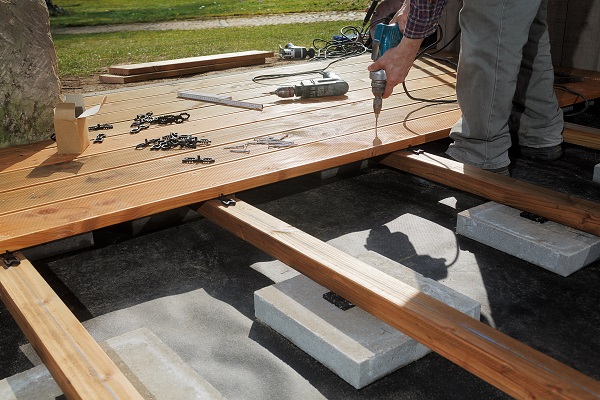
Position the paving slabs on to a bed of gravel in each of the corners and midway points to create a solid foundation. Lay landscape fabric around the slabs and cover this with gravel, ensuring it is level with the slabs.
Where you’re placing decking on to an existing patio you can start straight from this step. The next job is to mark, cut and then lay out an outer frame by using decking bearers. The frame must be completely flat and properly supported. Then you can fit the intermediate joists, with 400mm-500mm gaps, again ensuring that they are flat after each one is fitted.
Once you have constructed the main frame of the decking, you can begin to lay the deck boards on the top. If the boards need cutting, place them in position first and mark the cutting line with a pencil. Pre-drill the fixing points to stop the boards splitting, and then fix them to the bearers using the appropriate decking screws.
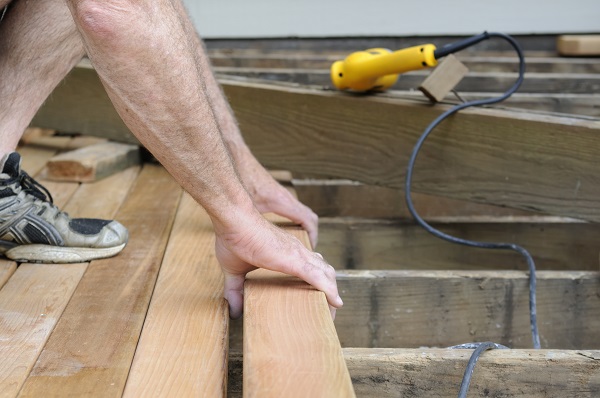
As you fit each board, keep the spaces even using an offcut of wood. The boards can be trimmed to create a straight edge once they’ve all been installed, or use string to mark out a curved edge.
Finish off your decking with decking boards along any edges to give you a nice neat frame, and then install a railing if this is part of your desired finish and then it’s all ready for you and your family to enjoy.
A fantastic alternative to traditional wood decking is Trex decking. Trex decking is made from 100% recycled materials, including reclaimed wood and sawdust as well as recycled plastic from many common household items, such as the plastic overwrap on packaging for paper towels and toilet paper, dry cleaner bags, newspaper bags, grocery and shopping bags. It can be a great alternative providing a quality finish at a lower cost.

